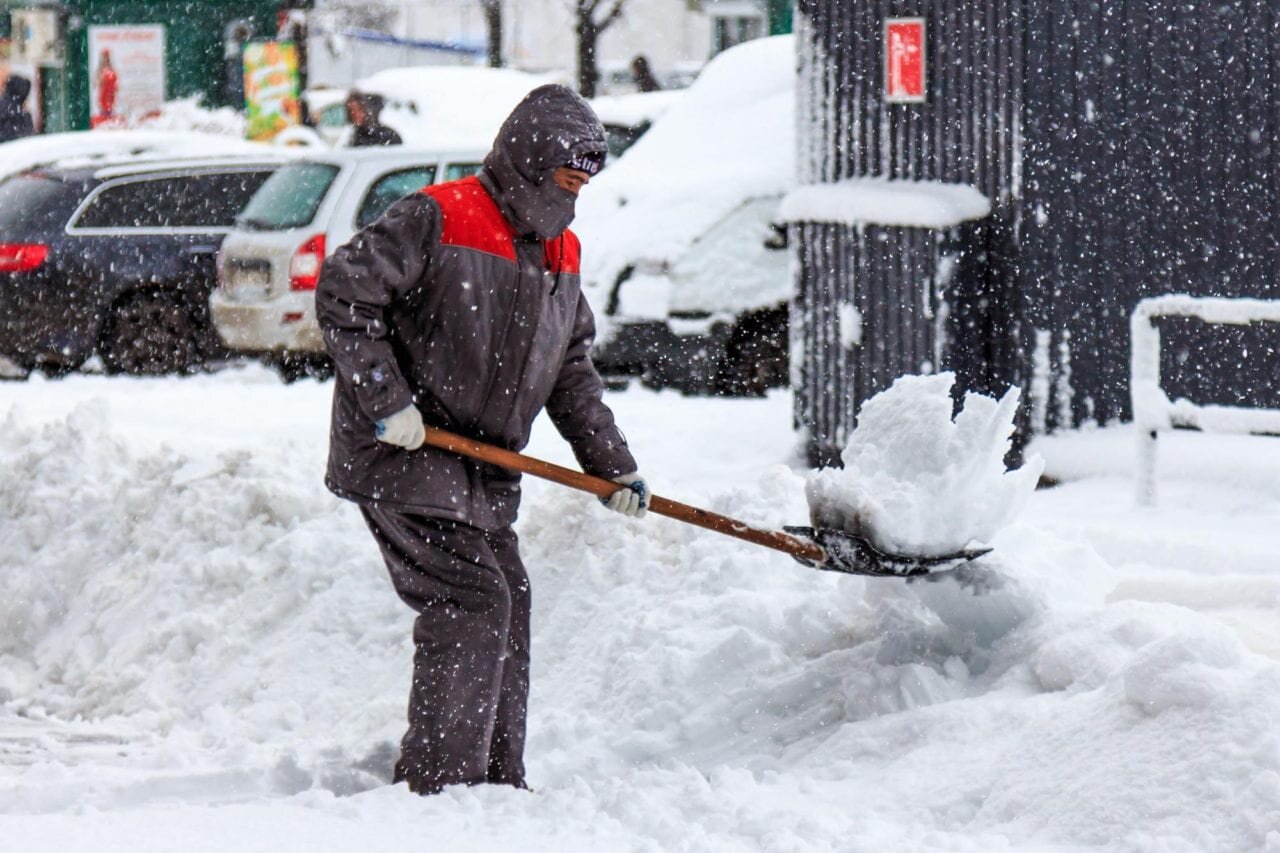6 Tips for Working Safe in Cold Weather
Working in cold conditions isn’t just uncomfortable, it can be dangerous. Frostbite, numbness, dehydration and hypothermia are real concerns from chilly outdoor weather. If you're working outdoors this winter, be aware of the dangers and stay safe. In this article, we're looking at 6 tips for staying safe in the cold.
1. Stay well nourished by eating and drinking enough
Make sure to drink enough fluids, as you dehydrate faster in cold weather conditions. Dehydration causes headaches, dizziness and fatigue, and it’s important to stay alert outdoors. Eating enough food during the day, especially fats and carbohydrates, is also important. Your body uses those nutrients as energy to stay warm in cold temperatures.
2. Stay well rested
Working outdoors can be challenging, and increases risks to your safety. Make sure you’re getting enough sleep to stay alert on the job when conditions are more dangerous.
3. Plan breaks from the cold
Just like you need to take breaks from your work throughout the day, your body needs to take breaks from the cold. Plan warm-up times throughout your day to avoid numbness and shivers.
4. Stay dry
Damp clothing can quickly drop your body temperature. It’s more important than ever to stay dry in the cold. Wear a moisture-wicking base layer to draw away sweat as you work. Wear waterproof gear as an outer shell to prevent your under layers from getting wet. Remove any wet clothing immediately.
5. Dress for the conditions
Dressing in layers is key, as it not only keeps you warm but allows you to adjust to changing temperatures. Proper gloves, socks and footwear are essential. Choose headwear that keeps your head and ears warm. Balaclavas can also help to warm your neck and warm the air you’re breathing.
6. Keep a cold weather safety kit in your vehicle
If you’re on the road, make sure to take a cold weather safety kit. A cold weather kit should include emergency blankets, candles, and matches. A candle burning in a vehicle could provide enough warmth to ward off hypothermia for a period of time. For more ways to get your vehicle ready for winter, read "How to Prepare Your Vehicle for Winter." Before you work outdoors in cold weather conditions, make sure that you’re well prepared. Be aware of the dangers of exposure, and follow these tips to make safe choices.
As we conclude our exploration of cold weather safety tips, it's crucial to remember that the well-being of lone workers in challenging conditions is paramount. For those seeking comprehensive solutions to enhance lone worker safety, our Lone Worker Safety Solution App offers a robust platform designed to keep workers connected and protected, no matter the environment. Understanding the importance of accessibility and affordability, we invite you to review our pricing options to find a plan that best suits your organization's needs. Moreover, the risks associated with cold weather are just one facet of workplace hazards. We encourage you to delve deeper into the various types of hazards that can impact lone workers by visiting our comprehensive guide on Workplace Hazards. Together, we can create a safer working environment for everyone, ensuring that the necessary precautions are in place to protect those who face the elements alone.

